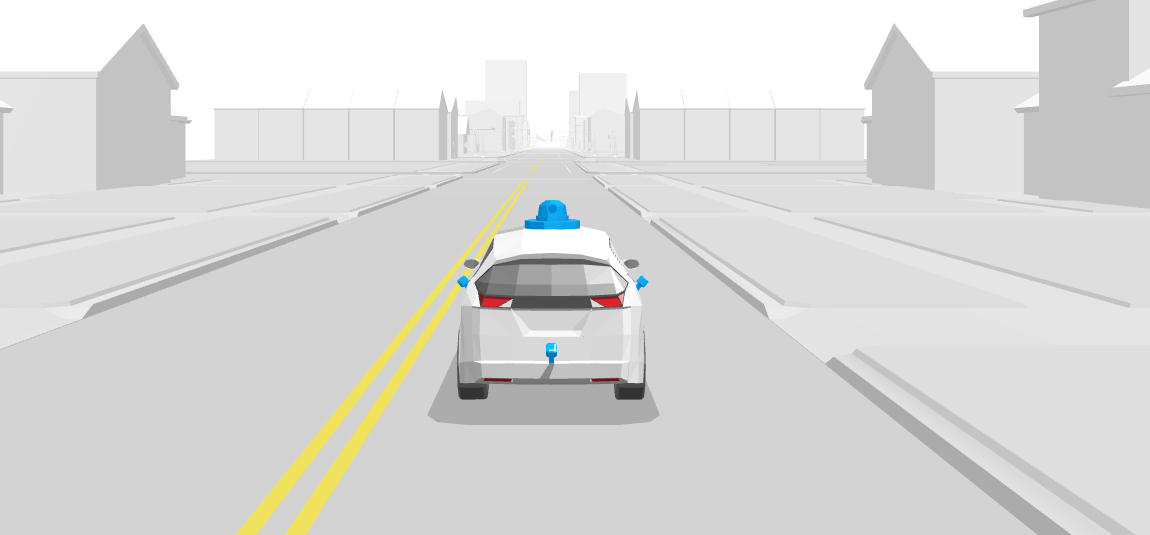
The Washington Post created an interactive game that shows readers how autonomous cars function and breaks down the technology to educate viewers about their limitations and challenges.
There are more than 1,400 self-driving vehicles being tested in the United States, in 36 states and the District. Some are delivering groceries. Others can be called like a taxi. The industry has been saying a techno-utopia is just around the corner, a transportation revolution that will make society better. But how close is that, really?
The autonomous vehicle industry has made lots of cheery projections:
Robocars will increase efficiency and independence and greatly reduce traffic deaths, which occurred at the rate of about 100 a day for the past three years nationwide. But to deliver on those promises, the cars must work. The Post’s reporting shows the technology remains riddled with problems.
- There are flaws in how well cars can “see” and “hear,” and how smoothly they can filter conflicting information from different sensors and systems. But the biggest obstacle is that the vehicles struggle to predict how other drivers and pedestrians will behave among the fluid dynamics of daily traffic.
- New challenges pop up all the time. Street sweepers impose their own right-of-way, stopping to make giant circles and brush all four corners of an intersection no matter the traffic light. FedEx drivers jump on their carts and ride them like skateboards through blocked traffic.
- What confounds the vehicles also complicates efforts to develop uniform standards among companies and establish regulations for safety, car insurance rates, liability and traffic laws. For now, the Transportation Department, under Secretary Elaine Chao, is taking a hands-off approach on test programs. That lack of federal regulation could “lead to disaster,” said Adam Scow, a senior advocate for Consumer Watchdog, a progressive nonprofit group in California. “Safety and lives are at stake,” he said. “This is a no-brainer.”
- While more than 40 states have issued some form of legislation or executive action related to self-driving cars since 2017, the regulations vary widely. Some industry leaders now caution it may be decades before fully self-driving vehicles are on the road.
As for Europe, a country leading the way is Germany.
Germany was the first country to legalize fully autonomous driving systems.
In December 2016, the government announced its aims to create self-driving infrastructure in Germany. As a result, the parliament introduced an amendment to the German Road Traffic Act that allows drivers to pass off control to a vehicle in June 2017.
In the current year ( 2019) cars can be fully self-driving, but as the Washington Post’s journalists discovered, drivers have to stay focused and be able to take command of the car in an emergency.
Autonomous car technology companies in Germany recently got the green light to test driverless vehicles on public roadways. Some cities are now experimenting with pilot fleets that recreate regular traffic on public roads in isolated areas to test the technology. Berlin has an autonomous shuttle service that works at enclosed areas of The Charité University.
If you want to know more about the utopia of autonomous cars and what still needs to be improved, you can play the Washington post’s game here. Have fun…

Founder Dinis Guarda
IntelligentHQ Your New Business Network.
IntelligentHQ is a Business network and an expert source for finance, capital markets and intelligence for thousands of global business professionals, startups, and companies.
We exist at the point of intersection between technology, social media, finance and innovation.
IntelligentHQ leverages innovation and scale of social digital technology, analytics, news, and distribution to create an unparalleled, full digital medium and social business networks spectrum.
IntelligentHQ is working hard, to become a trusted, and indispensable source of business news and analytics, within financial services and its associated supply chains and ecosystems




























